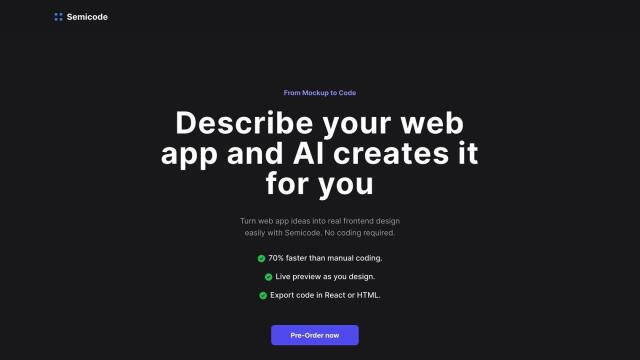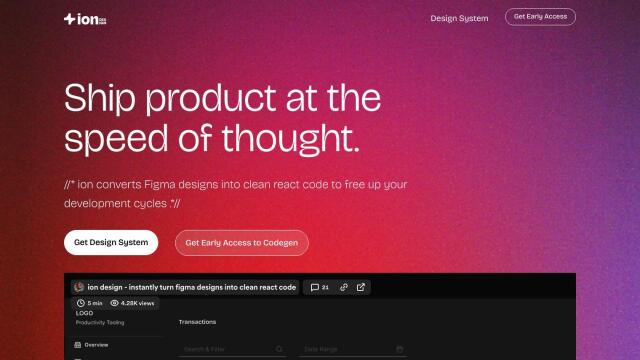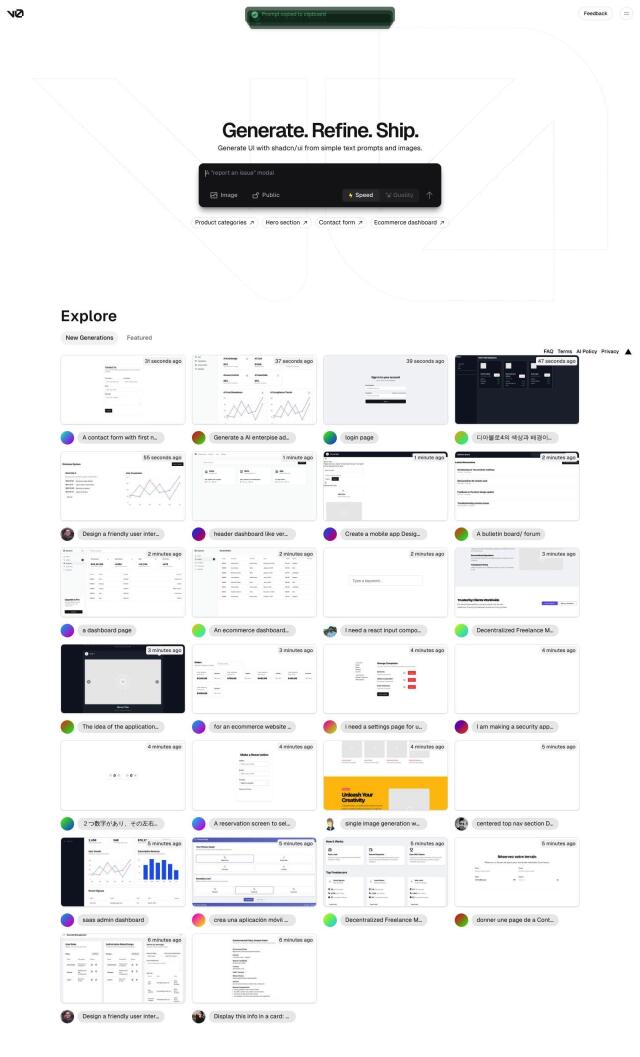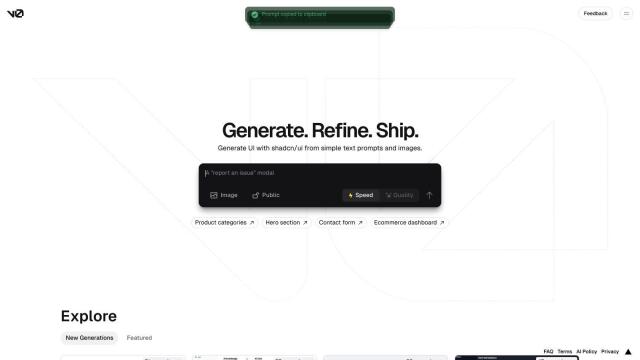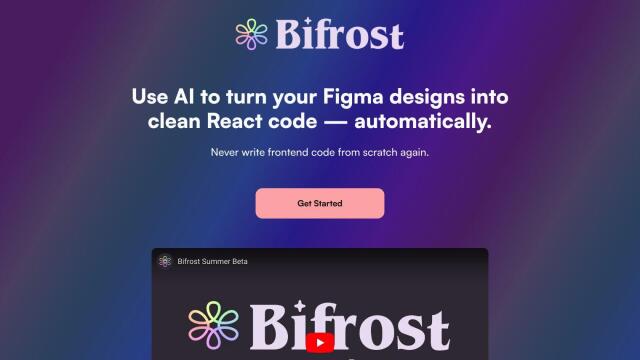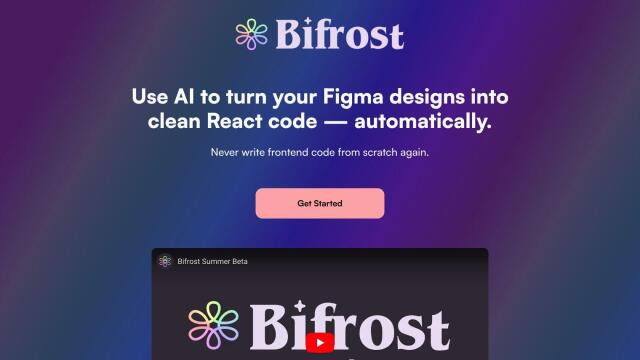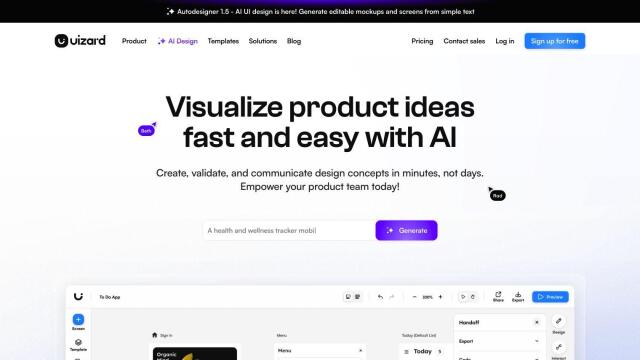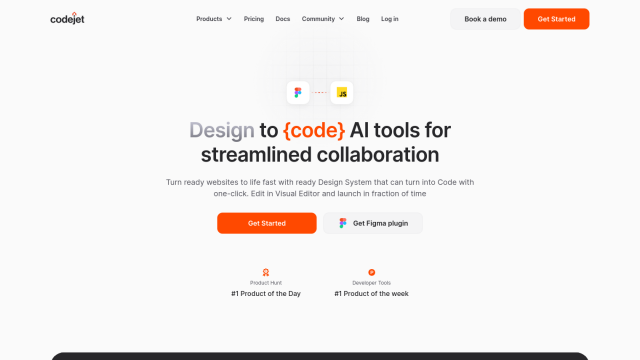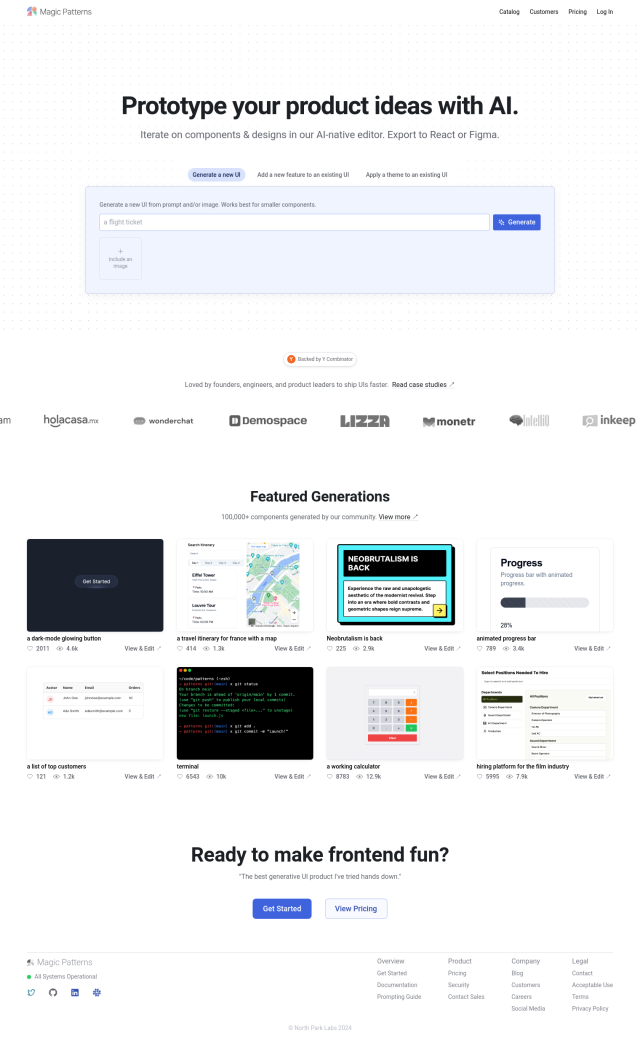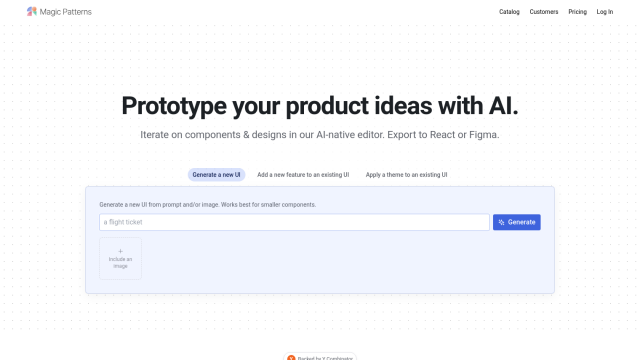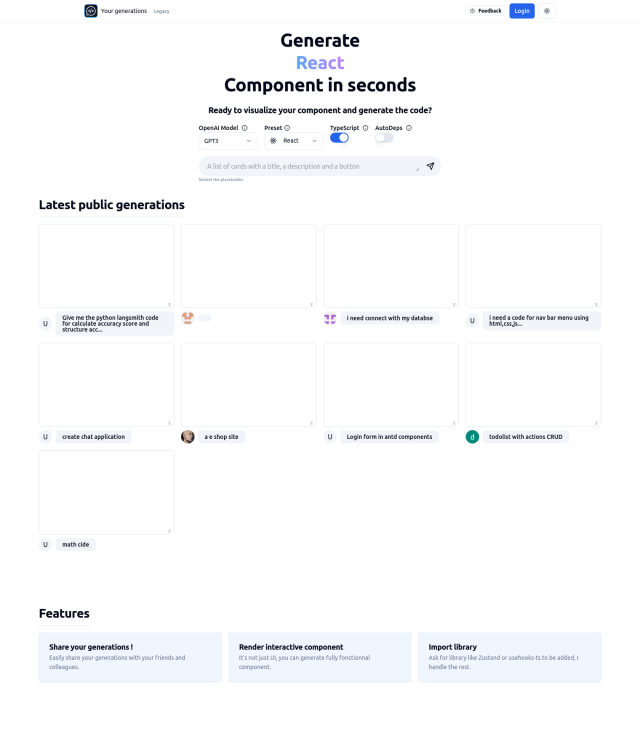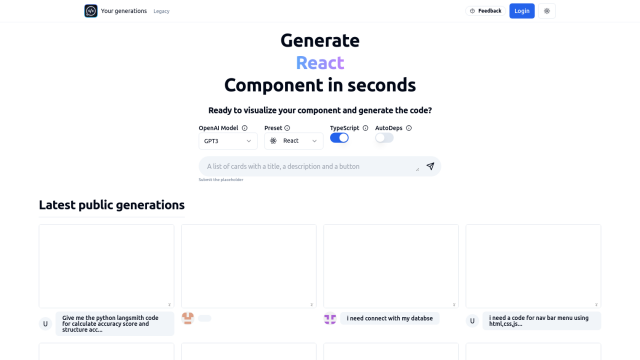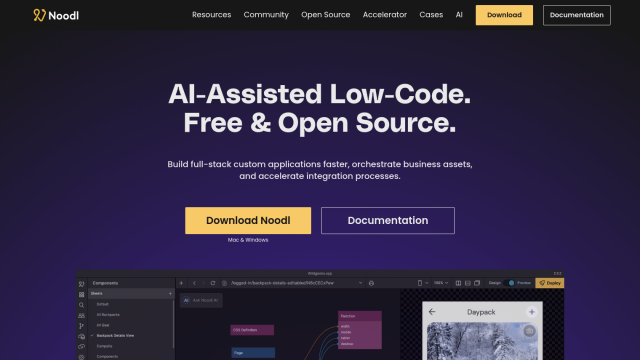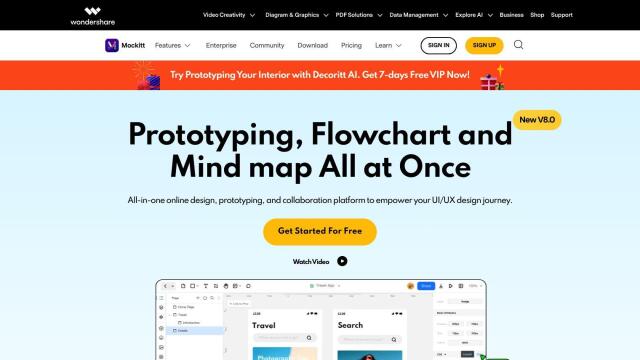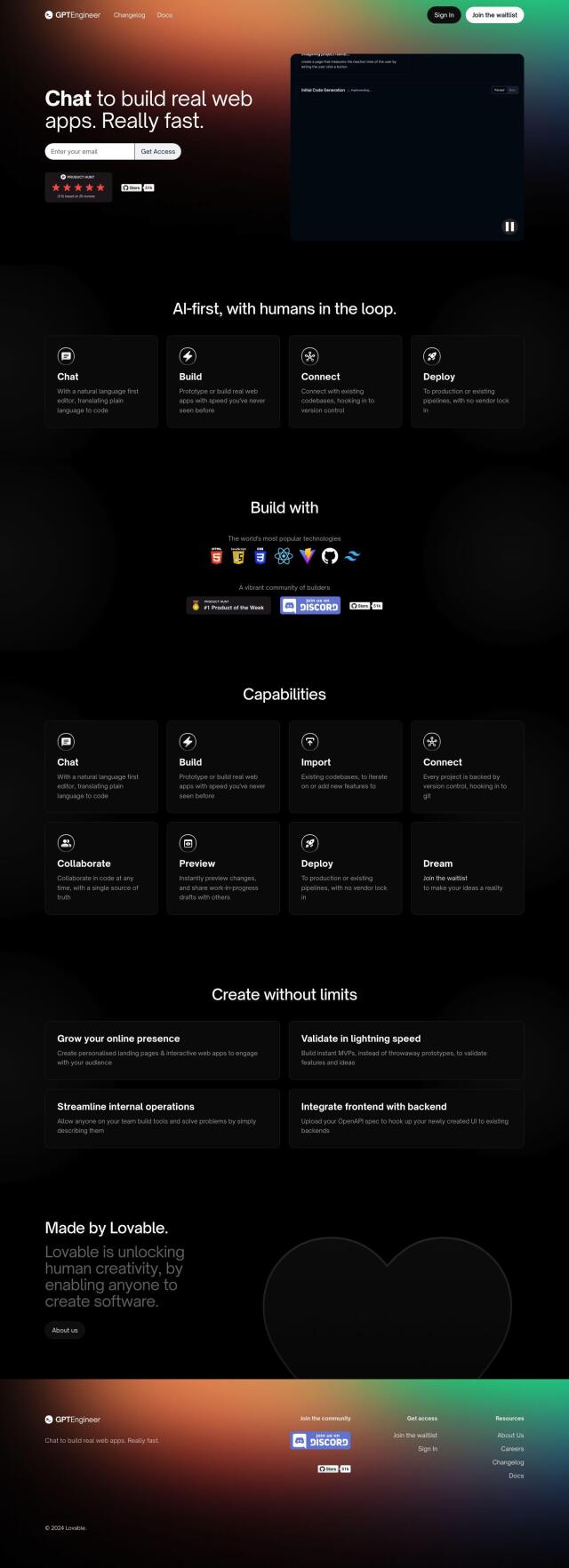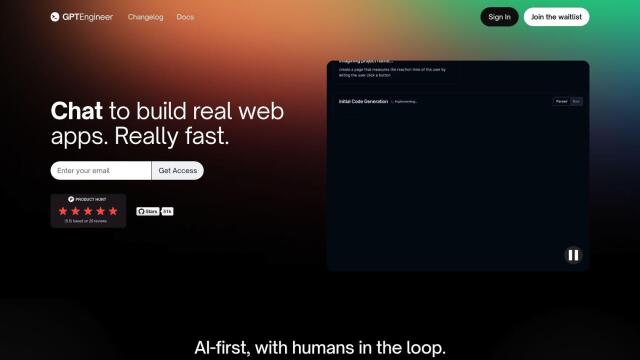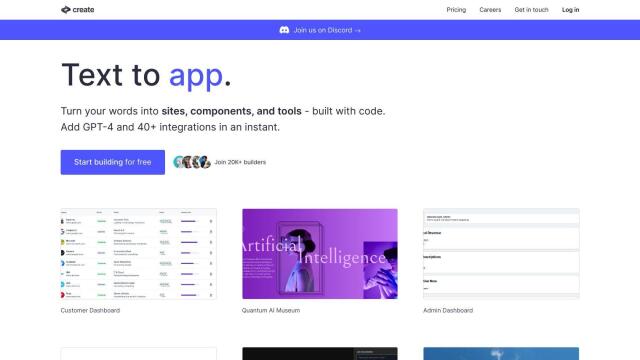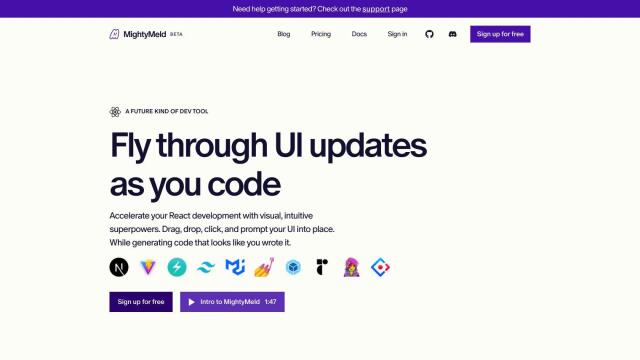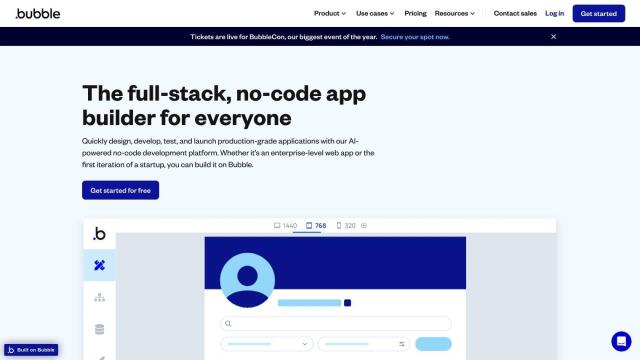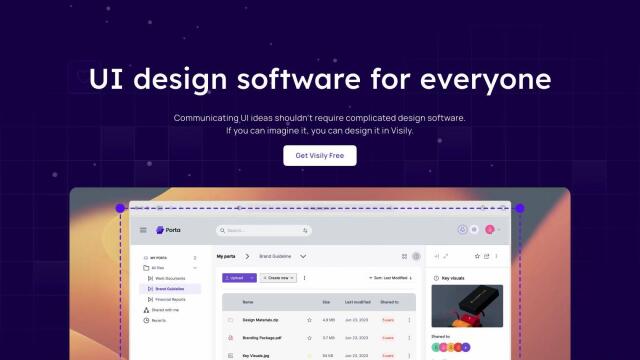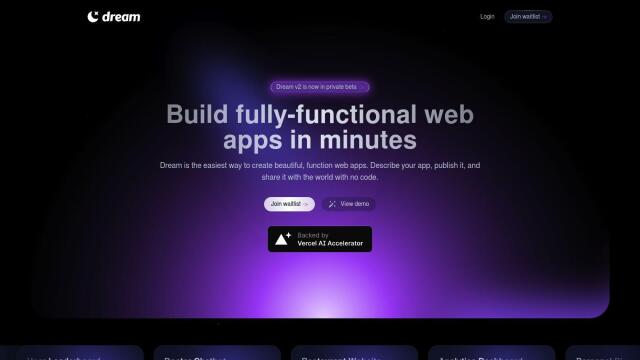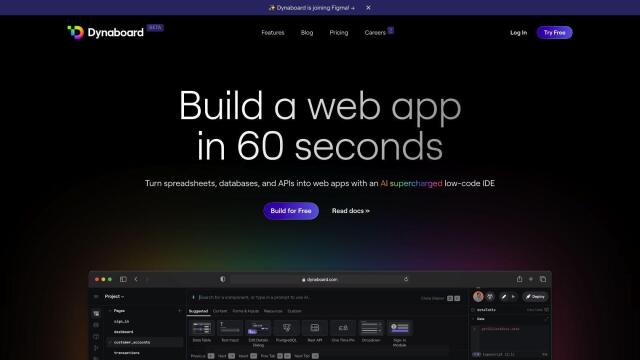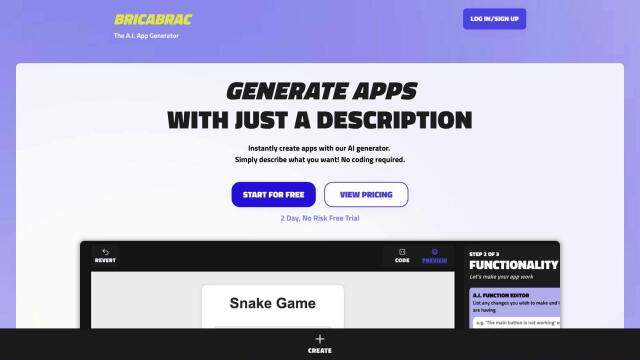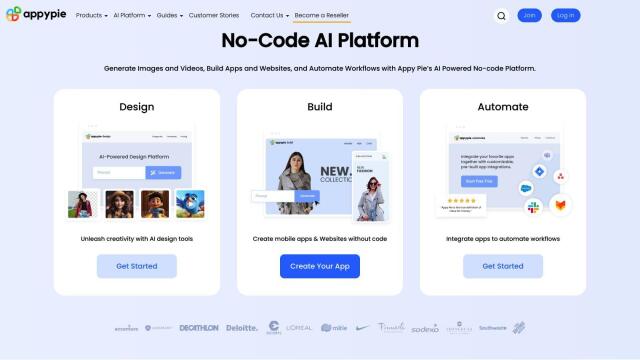
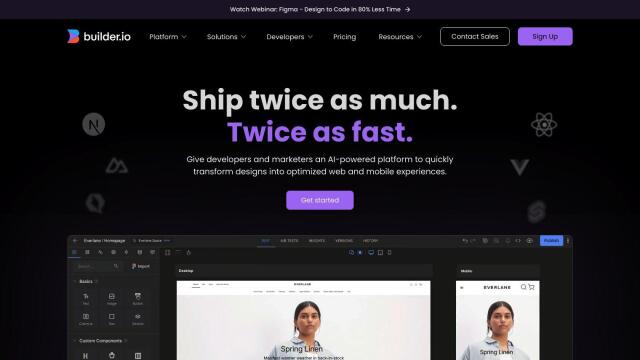
Builder.io
If you're looking for a Semicode alternative, Builder.io is a powerful option. The tool lets developers and marketers turn designs into web and mobile apps quickly by turning Figma designs into code. It's got a Visual Copilot for fine tuning AI-generated code, a drag-and-drop editor for real-time collaboration, and support for frameworks like React, Vue and Angular. Builder.io also includes component mapping, a global CDN and an asset manager, which can help you get your project up and running much faster.


Kombai
Another option is Kombai. Kombai automates the handoff process by turning Figma designs into front-end code with pixel-perfect precision. It can output code in React and HTML + CSS and also supports other frameworks like Vue, Svelte, Angular and Django. Kombai offers customizable CSS and high-quality JavaScript code, making it a good option for developers who want to avoid tedious coding.
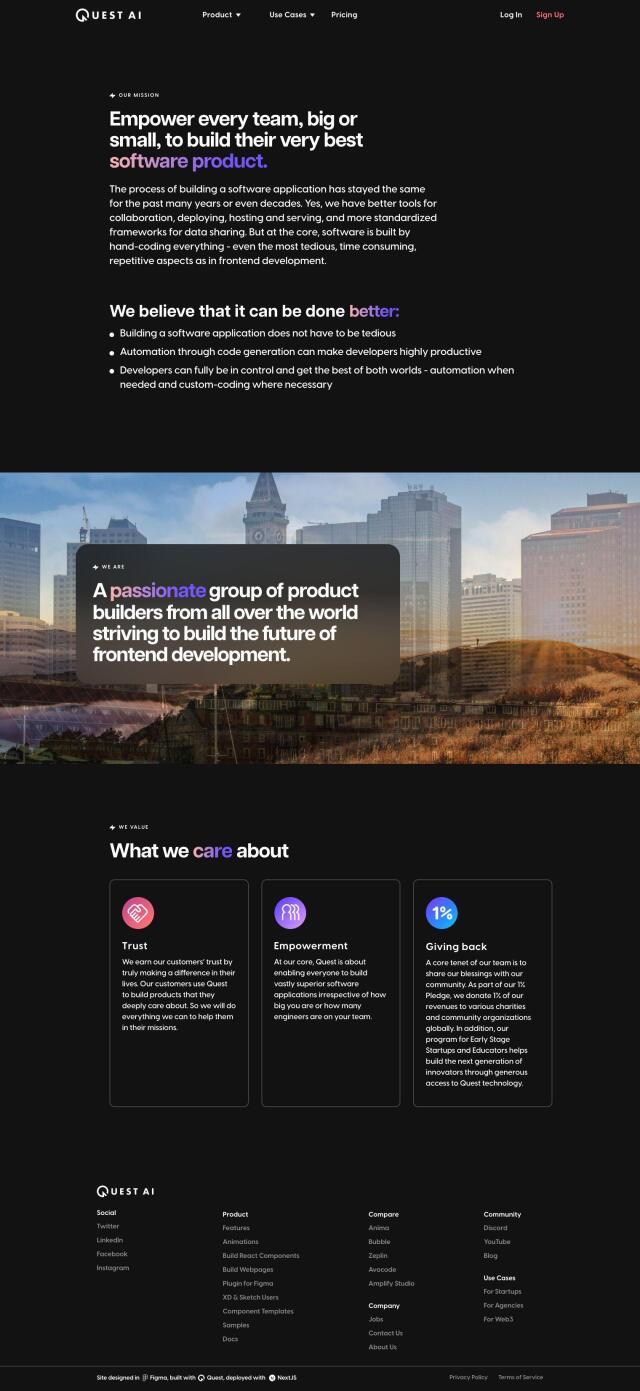
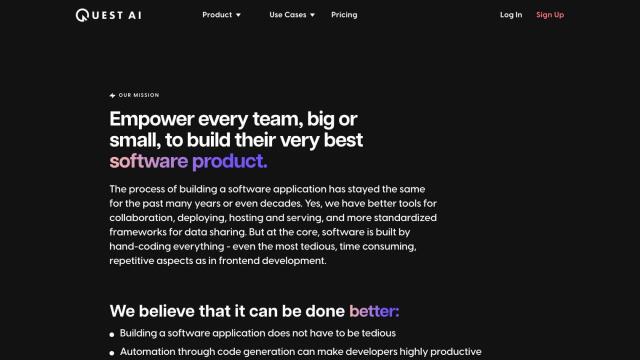
Quest
Quest is another option. It converts Figma designs into React components, with a focus on creating responsive, multi-screen experiences with clean, modular code. Quest supports design systems and component libraries and includes tools like Figma to Code, Animation Library and Clean Code. It's geared for development teams, with collaboration abilities and a range of templates and components to get you started.

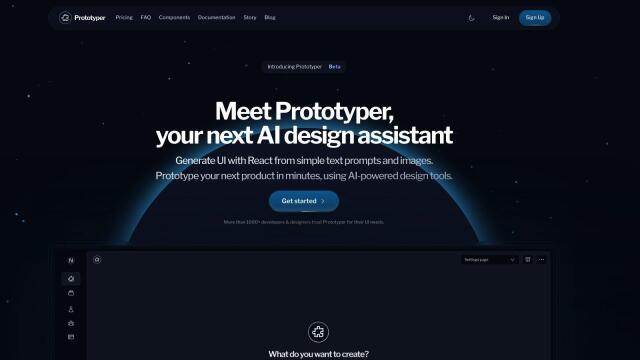
Prototyper
For those who need a more general-purpose UI component generation tool, Prototyper is a good option. It lets designers, frontend engineers and product managers rapidly create and test user interfaces with AI-powered design. Prototyper can generate React code based on text prompts and images and offers real-time iteration, customizable frameworks and direct publishing to the web. With collaboration tools and multiple pricing tiers, it's good for both solo designers and enterprise teams.

